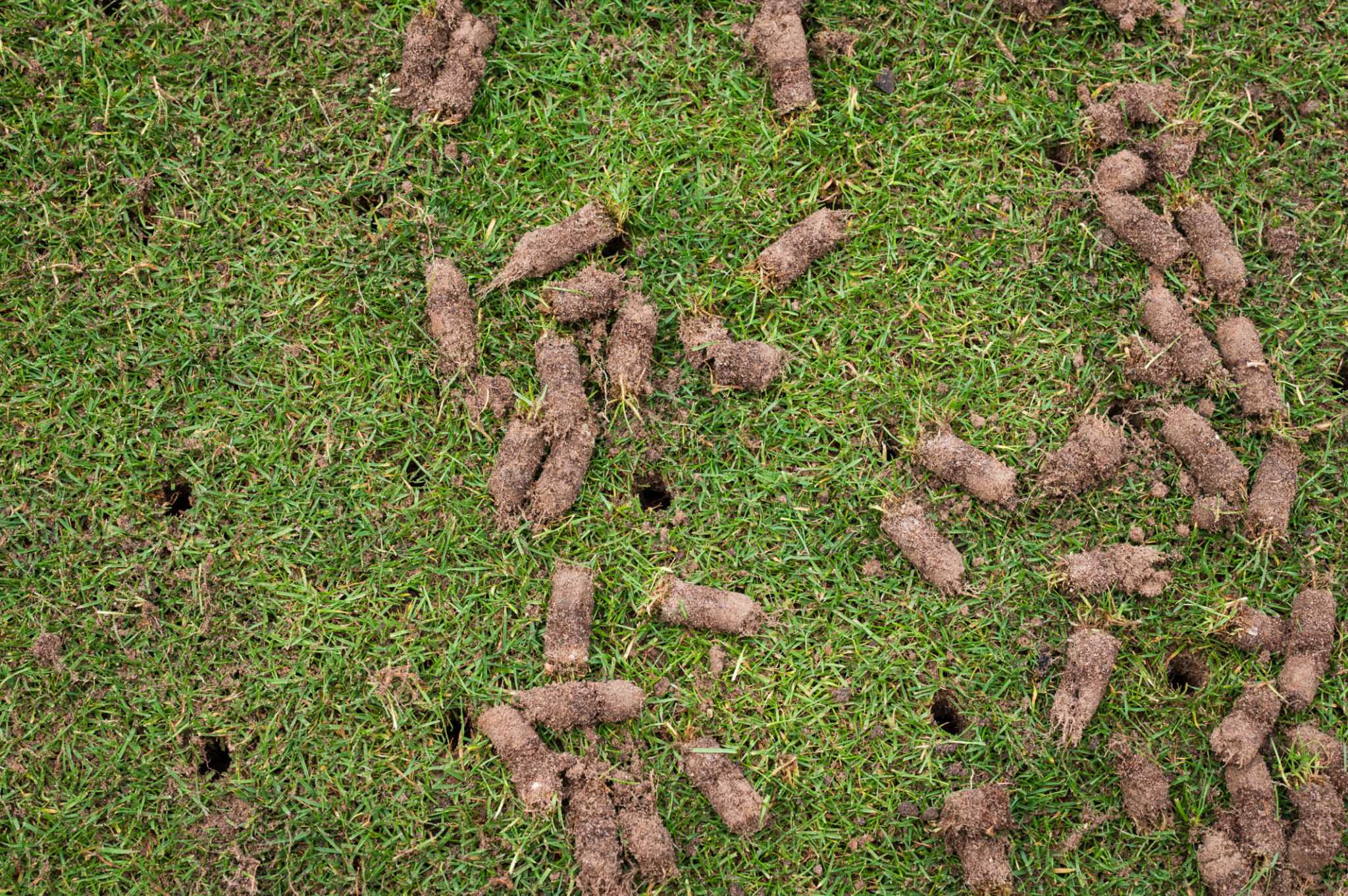Top 5 Tips for Maintaining a Pristine Lawn in Kyle's Climate
Understanding Kyle's Climate
Maintaining a lush, green lawn can be a challenge, especially in areas like Kyle, where the climate presents unique challenges. The region experiences hot summers, mild winters, and varying humidity levels that can affect your lawn's health. To keep your lawn looking its best throughout the year, it's essential to adapt your care routine to these conditions.
The key to a pristine lawn in Kyle is understanding the local climate and how it impacts grass growth. By tailoring your lawn care practices to these requirements, you can ensure that your grass remains healthy and vibrant no matter the season.

Watering Wisely
One of the most crucial aspects of lawn maintenance in Kyle is proper watering. With the hot and dry conditions prevalent during summer, it's essential to water your lawn deeply but infrequently. This encourages deeper root growth, making your grass more resilient to drought.
Water early in the morning or late in the evening to minimize evaporation and ensure that moisture penetrates the soil effectively. Aim for about 1 to 1.5 inches of water per week, adjusting based on rainfall and temperature changes.
Mowing for Health
Mowing your lawn correctly is another important step in maintaining its health. During the warmer months, set your mower blades higher to allow the grass to retain more moisture and provide shade to the soil. A height of about 3 inches is recommended for most grass types in Kyle.

Ensure that your mower blades are sharp to prevent tearing the grass, which can make it more susceptible to diseases. Regular mowing, about once a week, helps keep your lawn neat and promotes even growth.
Fertilizing for Growth
To maintain a vibrant lawn in Kyle, regular fertilization is essential. Choose a fertilizer with a balanced mix of nitrogen, phosphorus, and potassium to provide your grass with the nutrients it needs.
Apply fertilizer during the growing season, typically in early spring and late summer. Be careful not to over-fertilize, as this can lead to excessive growth and increased susceptibility to pests and diseases.

Aeration for Better Soil Health
Soil compaction can be an issue in Kyle's climate, affecting water absorption and root growth. Aerating your lawn once or twice a year helps alleviate compaction by allowing air, water, and nutrients to penetrate the soil more effectively.
Aeration is best done in the fall or spring when the grass is actively growing. You can use a manual or mechanical aerator to create small holes throughout your lawn, promoting healthier roots and a more robust lawn.
Managing Weeds and Pests
A pristine lawn is free from weeds and pests, which can quickly take over if not managed properly. Regularly inspect your lawn for signs of weeds or pest infestations, such as brown patches or visible insects.
Use organic or chemical treatments as needed to control these issues, ensuring you follow instructions carefully to avoid damaging your grass. Maintaining a healthy lawn through proper watering, mowing, and fertilization can also help prevent weeds and pests naturally.